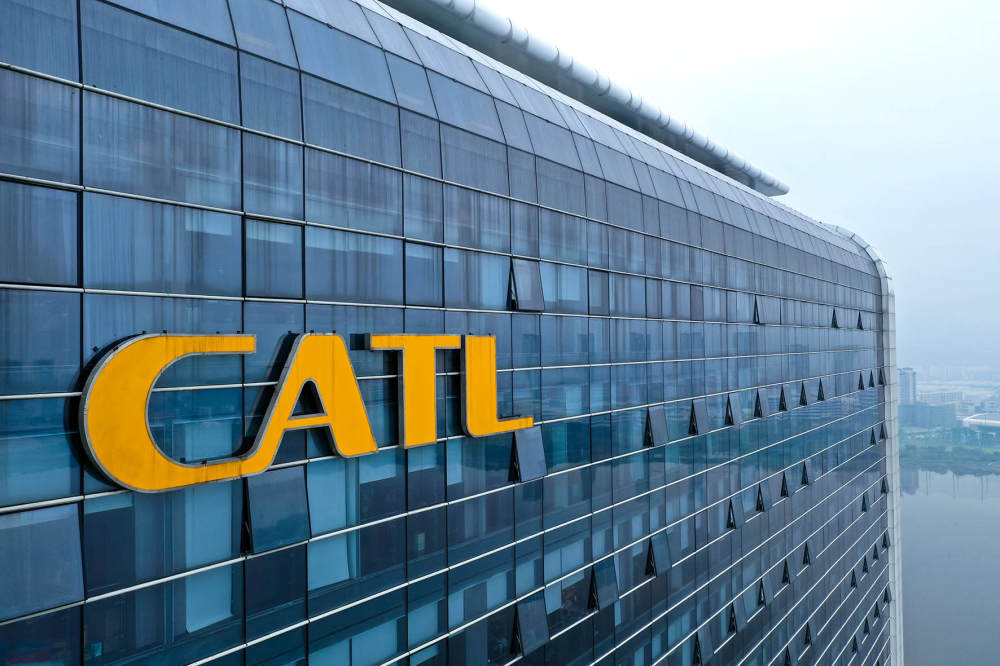Investment Express Report
International investment bank Morgan Stanley’s latest research report has caused significant divergence in the stock trends of CATL’s A-shares and H-shares. While raising the A-share target price by 15% to 490 yuan and maintaining an “overweight” rating, the bank downgraded the H-share rating to “equal weight” with a target price of 585 Hong Kong dollars, creating a stark contrast in market reactions between the two markets.
A-Shares Have 15% Upside Potential While H-Shares Momentum Slows
Morgan Stanley clearly expressed differentiated views on CATL’s dual-listed shares in its research report: For A-shares, the new target price represents over 20% upside potential compared to the closing price of 402 yuan on September 30, primarily based on optimistic expectations for the company’s energy storage business—the bank expects CATL’s market share in China’s energy storage system market to increase from the current approximately 10% to over 50% in the next three years. The H-share rating downgrade stems from valuation considerations, with the 585 Hong Kong dollar target price implying less than 1% upside from recent prices, while maintaining the H/A-share premium ratio at 10%.
This adjustment continues the recent divergence in institutional views on CATL’s dual-market valuations. Previously, institutions such as JPMorgan and Goldman Sachs had downgraded their H-share ratings due to factors including H-share valuations becoming more reasonable and the approaching lock-up period for cornerstone investors, while maintaining positive views on A-shares.
A-Shares Rally Then Retreat While H-Shares Show Narrow Fluctuations
Affected by the rating adjustment news, CATL’s A-shares showed strong performance at today’s opening. After opening slightly lower at 399.9 yuan compared to the previous closing price, the stock quickly surged, reaching a new high of 424.6 yuan during the session. By midday close, the stock price stood at 417.7 yuan.
H-shares, however, faced pressure, opening at 592 Hong Kong dollars and falling to a low of 568 Hong Kong dollars during the session, near Morgan Stanley’s target price, before slightly recovering. By midday close, H-shares were trading at 588.5 Hong Kong dollars, up 7.5 Hong Kong dollars from the previous trading day, with trading volume shrinking compared to the same period yesterday. Market analysis indicates that the cautious performance of H-shares is closely related to expectations of the cornerstone investors’ lock-up period expiration on November 19, as cornerstone investors holding nearly 50% of H-shares may face profit-taking pressure.




